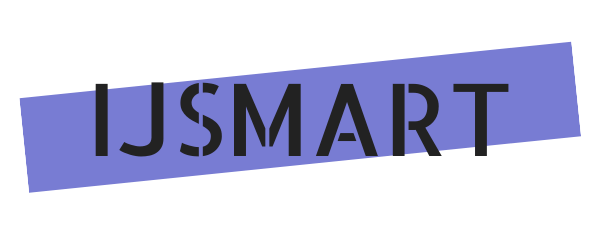Examining the Leisure Constraints Affecting International Collegiate Students’ Participation in Intramural Sport Programs
Dongwook Cho, Taryn Price
Year: 2016 Volume: 24 Issue: b
Pages: 22-41
Abstract: A primary objective of United States’ higher education institutions is the production of well-balanced citizens. Aside from awarded degrees, other primary offerings include leisure opportunities, from campus recreation programs. Campus recreation through intramural sport programs offers students an opportunity to participate in sport and physical fitness activities on campus with and against other collegiate students. Recognizing the continuous increase in collegiate enrollment of international students, many of them are challenged by the various barriers they face in their collegiate experience in regard to education, social relationships, cultural and economic differences, and ethnic discrimination. The current study examines the relationship between leisure constraints (intrapersonal, interpersonal and structural) and participation in intramural sport programs among 198 international students. Analyses indicate that structural constraints were the highest leisure constraint in intramural sport programs among international students. Leisure constraints in intramural sport programs were also observed by the participants based on past participation experience, sex and age. As professionals seek to increase awareness of recreation and intramural sport participation rates among international students, the current study provides insight into strategic options and marketing opportunities that can be enveloped to limit the leisure constraints that influence international students’ participation.
